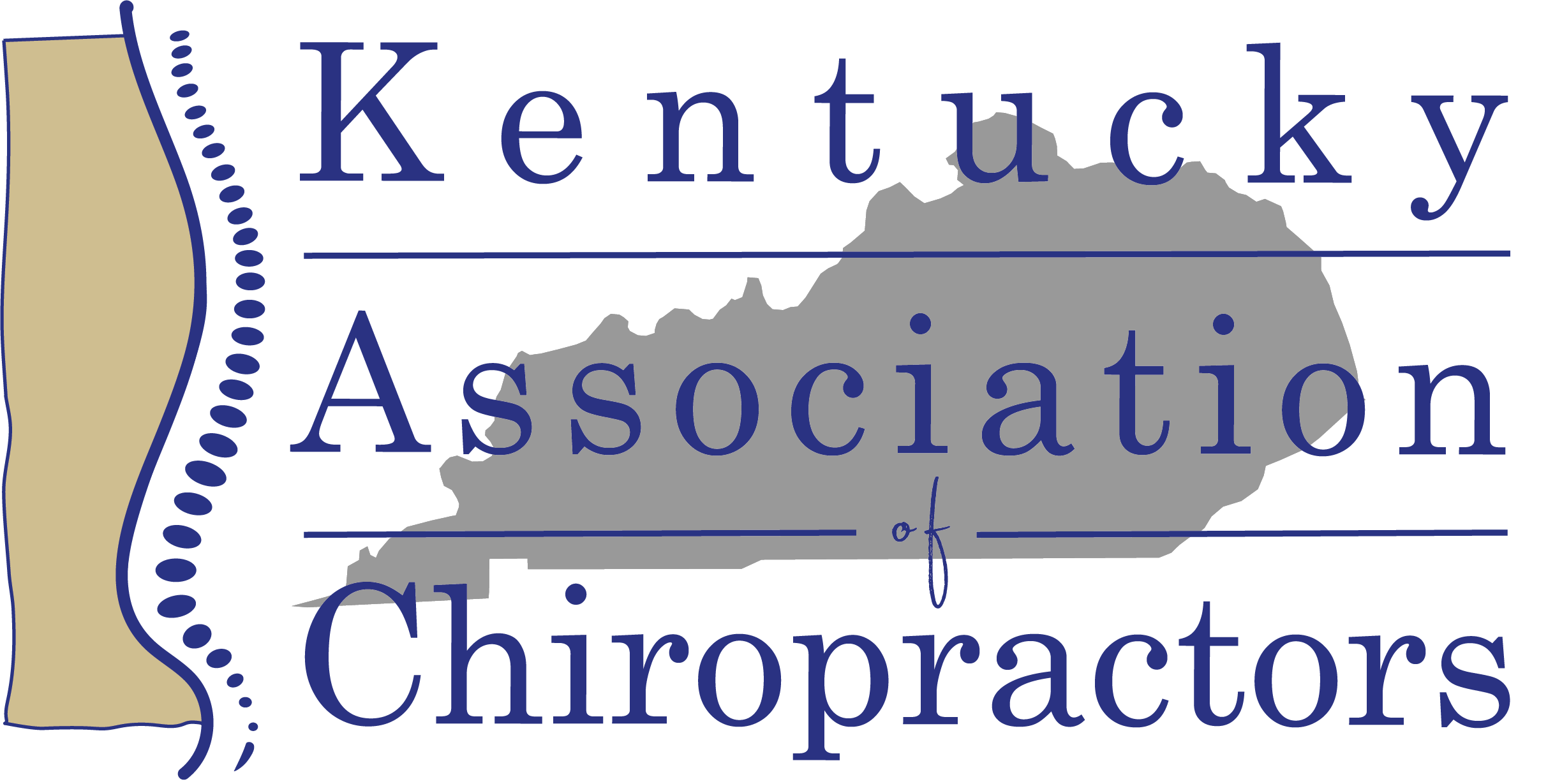Abstract
Study design: A randomized, double-blinded, placebo-controlled, parallel trial with 3 arms.
Objective: To investigate in acute nonspecific low back pain (LBP) the effectiveness of spinal high-velocity low-amplitude (HVLA) manipulation compared with the nonsteroidal anti-inflammatory drug diclofenac and with placebo.
Summary of background data: LBP is an important economical factor in all industrialized countries. Few studies have evaluated the effectiveness of spinal manipulation in comparison to nonsteroidal anti-inflammatory drugs or placebo regarding satisfaction and function of the patient, off-work time, and rescue medication.
Methods: A total of 101 patients with acute LBP (for <48 hr) were recruited from 5 outpatient practices, exclusion criteria were numerous and strict. The subjects were randomized to 3 groups: (1) spinal manipulation and placebo-diclofenac; (2) sham manipulation and diclofenac; (3) sham manipulation and placebo-diclofenac. Outcomes registered by a second and blinded investigator included self-rated physical disability, function (SF-12), off-work time, and rescue medication between baseline and 12 weeks after randomization.
Results: Thirty-seven subjects received spinal manipulation, 38 diclofenac, and 25 no active treatment. The placebo group with a high number of dropouts for unsustainable pain was closed praecox. Comparing the 2 active arms with the placebo group the intervention groups were significantly superior to the control group. Ninety subjects were analyzed in the collective intention to treat. Comparing the 2 intervention groups, the manipulation group was significantly better than the diclofenac group (Mann-Whitney test: P = 0.0134). No adverse effects or harm was registered.
Conclusion: In a subgroup of patients with acute nonspecific LBP, spinal manipulation was significantly better than nonsteroidal anti-inflammatory drug diclofenac and clinically superior to placebo.

